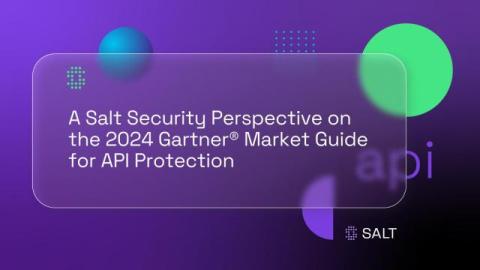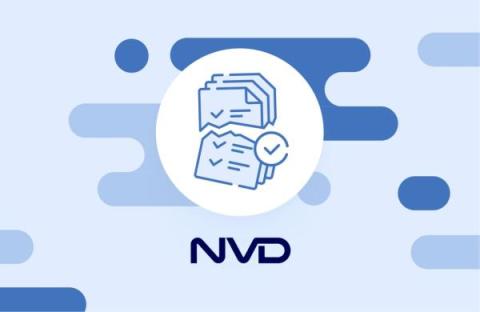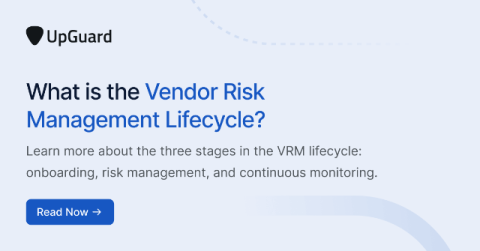ISO 42001: Everything you need to know
According to the IBM Global AI Adoption Report, 82% of companies have already adopted or are exploring artificial intelligence (AI) solutions. However, with the rapid development of diverse AI-powered products and services, there’s been a growing need to establish regulatory frameworks for adopting AI responsibly.











